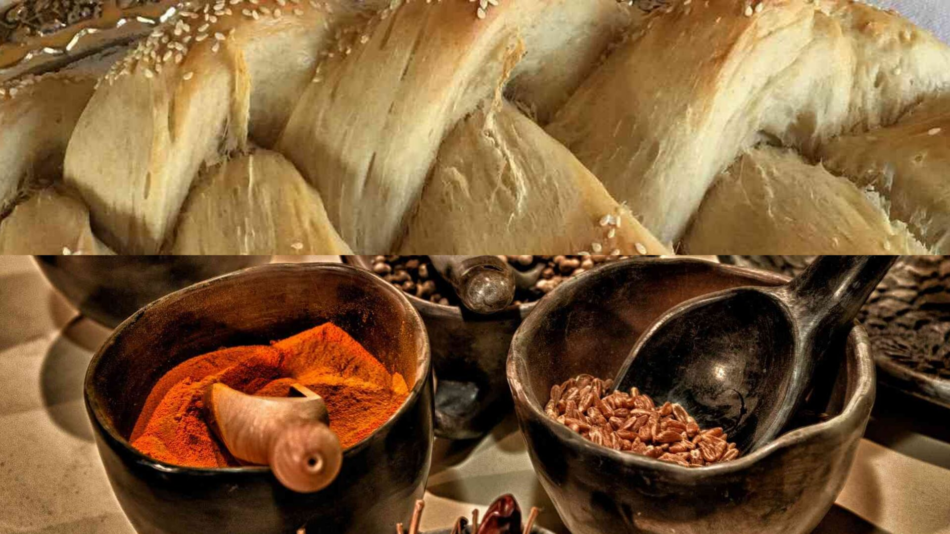
There is a Yiddish term for the parents of your son or daughter-in-law. The word is Machatunim and is plural. I think it’s a very useful word. When your adult child falls in love and gets married you want very much for your two families to get along and share happiness. As you are building this relationship it is useful to have a specific word. In my case, my daughter-in-law is of Mexican descent and she informed me that there is a similar word in Spanish. How perfect for us all! In Spanish the in-laws are called, consuegros. So my husband and I are Faviola and Manuel’s consuegros.
When you are blending two different cultures, in this case American Jews and Mexican Americans, you look for things that comfortably fit together. The first and most obvious thing is our children and their wellbeing. But after that, what? I learned that Faviola loves homemade bread with her coffee. So I make a point of making a loaf of challah for her whenever I can. My daughter-in-law says when she brings a loaf with her on a visit to her mom that her mother whisks it away, saying, “For my coffee!” You can image how that warms my heart. My in-laws all love hot food – much too hot for me. So when Faviola makes her delicious Chicken Tinga she always saves some out for me before adding the hot peppers.
How will we sort out holidays, religions, traditions, and grandchildren’s desires? I think we will start by loving each other and wanting the best for each member of the family. I know it will be hard on my devout Catholic machatunim to not have their grandchildren baptized. So I will make a point of reassuring them that God loves and “saves” Jews as well as Christians. I have gathered information that I think may help – from a Catholic perspective.
What are some of the ways that you bring together your differing family traditions?